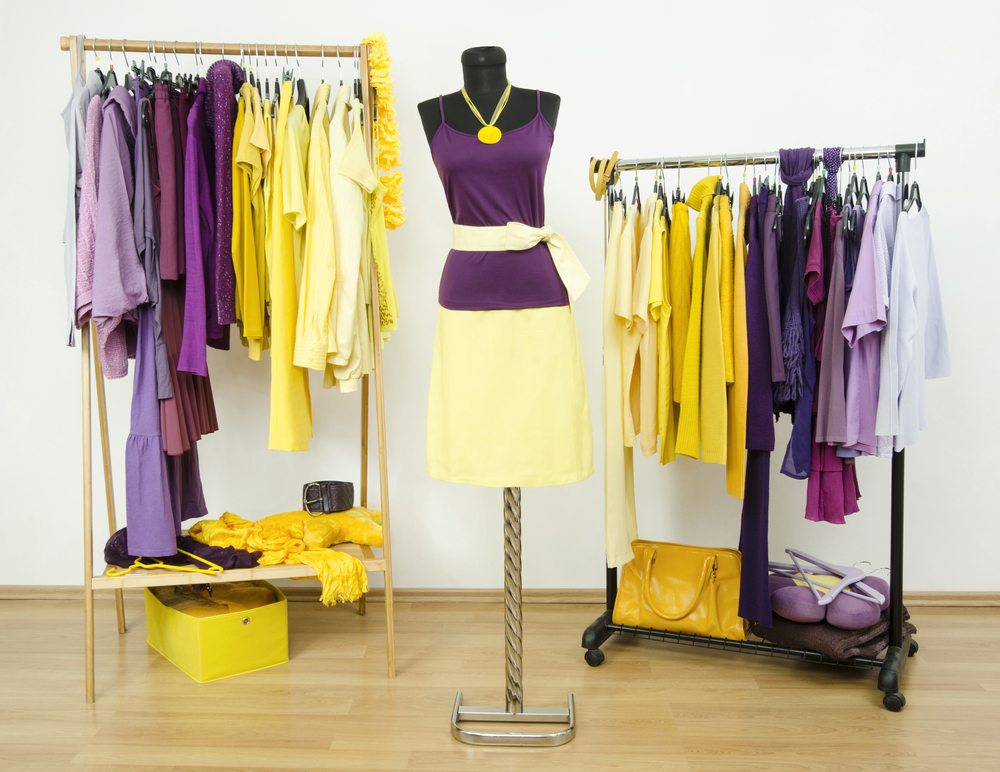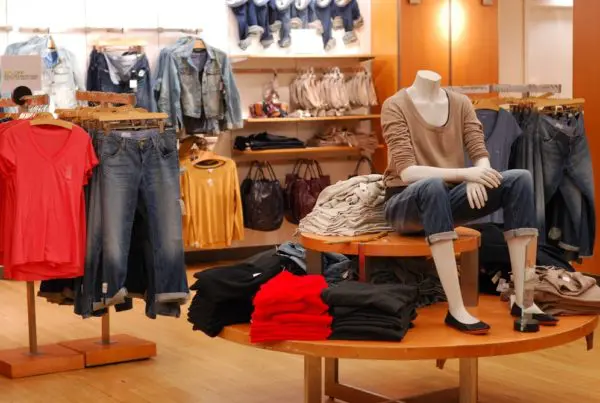Last Updated on May 31, 2023 by Dave Schoenbeck
Most small retail shop owners determine their merchandising standards through trial and error instead of an organized plan. Many of these owners know how things should look and feel but don’t have their exact standards documented anywhere.

Things fall apart if the owner isn’t in the store to monitor the displays. Ideally, if they write out their retail merchandising standards, they can empower their staff to execute their vision without constantly having to be in the store.
Why do Visual Merchandising Standards, Matter?
Your visual merchandising is what differentiates your brand from your competitors. The visual components of your product placement can solidify your branding and appeal to new customers. However, inconsistent or unappealing displays can have the opposite effect, sending mixed signals and driving customers away.
It’s essential to ensure your merchandising standards are up to date to communicate your brand message and ensure your team has the tools they need to make sales. Also, it’s essential to document these standards so your employees can ensure compliance even when you’re not physically present.
Visual Merchandising Guidelines
Having a set of guidelines for your visual merchandising will establish consistency in your store, even as displays, products, and signage may change. If you’re not sure where to start when it comes to documenting your retail merchandising standards, here are a few questions to consider:
Displays
- What is the purpose of the display? Can the shopper discern the intention at first glance?
- Do displays have proper signage to identify the products and their uses?
- Are displays in good condition?
- Are promotions called out on appropriate displays in visible locations?
- Is the pricing accurate?
- Are displays clean, stable, and secure?
Shelves
- Are your shelves fully stocked? Are the products appropriately spaced?
- Are the shelves easy to access?
- Are all products facing the same way and displayed pleasingly?
- Do shelves follow safety standards regarding the amount of weight they can bear?
Signage
- Is signage up to date in all locations?
- Are signs in good condition?
- Can signs be seen and read from a distance?
- If signs call out pricing and promotions, are they up to date?
Presentation
- Are products presented in an aesthetically pleasing way?
- Is there room for customers to move around throughout the store?
- Is the area clean?
- Are broken pieces or burned-out light bulbs replaced promptly?
- Is staff well-dressed according to the dress code?
Once you know how everything should look, write these rules down for your employees to follow. Then, you can rely on them to uphold your retail merchandising standards if you give them a road map.
If you don’t know where to start with your retail merchandising standards, don’t panic. A business coach can help. Fill out my complimentary coaching form, and we’ll set up a free call so you can talk to an expert in retail store merchandising.
Coach Dave
- Best Practices We Have Learned About Managing Remote Teams - July 3, 2025
- How and When to Use AI for Idea Creation - June 26, 2025
- What Does a Copyright Protect?A Small Business Guide to Copyrighting Your Business - June 19, 2025


